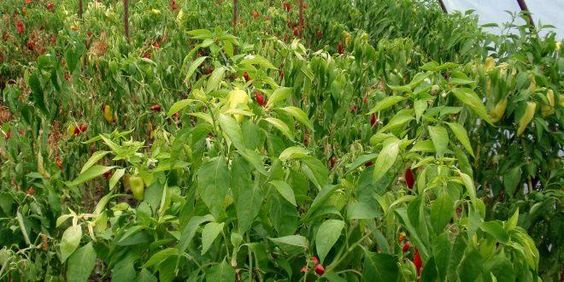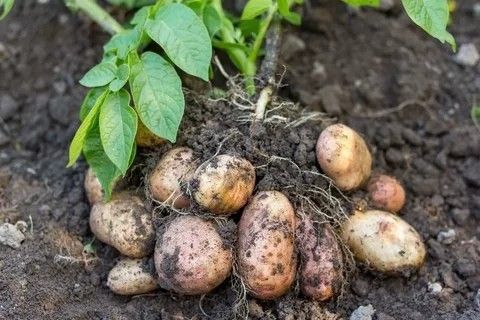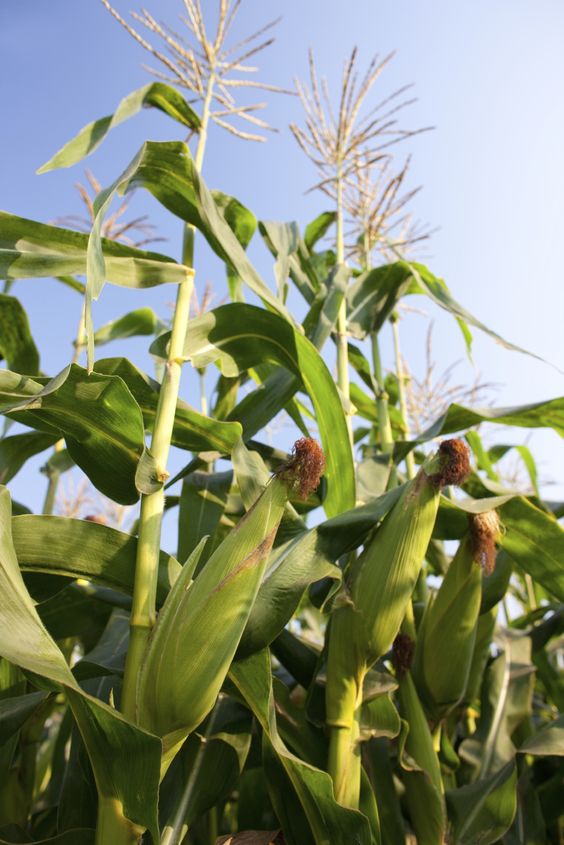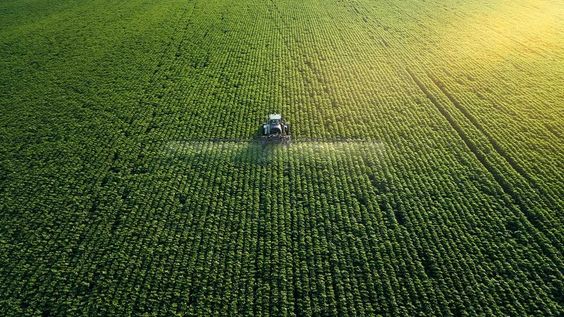Smart Chili Cultivation Practices: Optimizing Growth with Technology
Chili Cultivation Practices,The fiery allure of chili peppers has captivated palates for millennia. From the smoky warmth of chipotles to the eye-watering heat of habaneros, these versatile fruits add a vibrant dimension to countless cuisines. But cultivating these “capsaicin kings” requires a keen understanding of their needs. This guide delves into the world of smart Chili Cultivation Practices, exploring how technology and data-driven practices can optimize chili production, increase yield, and enhance overall crop health.
Contents
- 1 Why Smart Agriculture for Chili Cultivation Practices?
- 2 Objectives of Smart Chili Cultivation Practices
- 3 Unveiling the Toolbox: Smart Farming Technologies for Chili Cultivation Practices
- 4 Putting it into Practice: Smart Chili Cultivation Practices in Action
- 5 Benefits and Advantages of Smart Chili Cultivation Practices
- 6 Implementation Considerations for Smart Chili Cultivation Practices
Why Smart Agriculture for Chili Cultivation Practices?
Traditional chili cultivation, while effective, often relies on experience and intuition. Smart agriculture techniques bridge this gap by introducing a layer of precision and real-time data analysis. Here’s why embracing a smart approach to chili farming is beneficial:
- Enhanced decision-making: Sensors monitor soil moisture, temperature, and nutrient levels, providing accurate data to guide irrigation, fertilization, and pest control practices.
- Resource optimization: By pinpointing specific needs, smart farming minimizes water and fertilizer waste, leading to cost savings and a more sustainable growing environment.
- Improved crop health: Early detection of potential issues allows for prompt intervention, minimizing disease and pest outbreaks that can significantly impact yield.
- Increased yield: Optimized growing conditions pave the way for healthier plants, translating to higher yields and improved fruit quality.
- Labor efficiency: Automation of tasks like drip irrigation and climate control frees up valuable labor for other critical farm activities.
Objectives of Smart Chili Cultivation Practices
The primary objectives of smart Chili Cultivation Practices are:
- Maximize yield: By ensuring optimal growing conditions, smart farming helps chili plants thrive, resulting in a bountiful harvest.
- Enhance fruit quality: Precise control over temperature, humidity, and nutrient levels translates to superior fruit size, color, and spiciness.
- Minimize resource waste: Data-driven practices prevent over-irrigation and excess fertilizer application, leading to a more sustainable farming approach.
- Reduce disease and pest incidence: Early detection and targeted interventions minimize the impact of pests and diseases on chili plants.
- Streamline labor processes: Automation simplifies tasks like irrigation and climate control, allowing farmers to focus on more strategic aspects of their operations.
Unveiling the Toolbox: Smart Farming Technologies for Chili Cultivation Practices
The world of smart agriculture offers a range of technologies to empower Chili Cultivation Practices. Here are some key players:
- Wireless sensor networks: These networks deploy strategically placed sensors in the field to collect real-time data on soil moisture, temperature, humidity, and nutrient levels.
- Weather stations: Installed on-site, weather stations provide invaluable data on temperature, rainfall, wind speed, and humidity, enabling farmers to anticipate weather events and adjust growing practices accordingly.
- Precision irrigation systems: Drip irrigation systems deliver water directly to the root zone, minimizing waste and maximizing water utilization.
- Variable rate technology (VRT): VRT utilizes sensor data to adjust fertilizer application rates based on the specific needs of different areas within the field.
- Imaging technology: Drones equipped with multispectral cameras can provide aerial imagery that reveals plant health issues, allowing for targeted interventions.
- Agricultural software platforms: Data collected from sensors and other sources is aggregated and analyzed by these platforms, providing farmers with actionable insights to optimize growth conditions.
Putting it into Practice: Smart Chili Cultivation Practices in Action
So, how does smart chili farming translate into real-world practices? Let’s delve into some specific applications:
- Sensor-driven irrigation: Soil moisture sensors trigger automated drip irrigation systems, ensuring optimal water delivery and preventing overwatering, which can lead to root rot.
- Climate control with AI: Utilizing data from weather stations and greenhouse sensors, AI-powered systems can automatically adjust temperature, ventilation, and humidity levels to create the ideal environment for chili growth.
- Precision fertilization: Based on soil nutrient analysis and plant growth stage, VRT systems ensure chili plants receive the precise amount of fertilizer they need, optimizing nutrient uptake and minimizing waste.
- Disease and pest control with drone surveillance: Drones equipped with multispectral cameras can detect early signs of disease or pest infestation. Prompt action based on this data can contain outbreaks and minimize crop damage.
- Yield forecasting with machine learning: Combining historical data with real-time sensor information, machine learning algorithms can predict potential yield with greater accuracy, enabling farmers to plan resources and marketing strategies effectively.
Benefits and Advantages of Smart Chili Cultivation Practices
The benefits of smart Chili Cultivation Practices extend beyond increased yield. Let’s explore some key advantages:
- Reduced environmental impact: By minimizing water and fertilizer waste, smart farming contributes to a more sustainable agricultural system.
- Improved product quality: Precise control over growing conditions leads to consistently high-quality chili peppers with optimal flavor and spiciness.
- Reduced environmental impact: By minimizing water and fertilizer waste, smart farming contributes to a more sustainable agricultural system. This is particularly important for chili cultivation, as water scarcity and fertilizer runoff are growing concerns in many regions.
- Improved product quality: Precise control over growing conditions leads to consistently high-quality chili peppers with optimal flavor and spiciness. Smart farming allows farmers to cater to specific market demands, such as cultivating chilies with a particular level of heat or a desired color profile.
- Enhanced farmer decision-making: Data-driven insights empower farmers to make informed decisions about resource allocation, pest control strategies, and harvesting schedules. This reduces reliance on intuition and experience, leading to more consistent and predictable outcomes.
- Improved farm profitability: Increased yield, reduced waste, and improved product quality all contribute to higher farm profitability. Smart farming can also help farmers tap into premium markets for high-quality chilies, further boosting their income.
- Labor efficiency: Automation of tasks like irrigation, fertilization, and climate control frees up valuable labor for activities that require human expertise, such as plant monitoring, pruning, and harvesting. This allows farmers to optimize their workforce and streamline operations.
- Traceability and transparency: Smart farming technologies can facilitate data collection throughout the chili production process. This data can be used for traceability purposes, allowing farmers to demonstrate the origin and growing practices used for their chilies. This transparency can be a valuable selling point for consumers who are increasingly interested in ethically sourced and sustainable food products.
Implementation Considerations for Smart Chili Cultivation Practices
Chili Cultivation Practices,Embarking on a smart chili farming journey requires careful planning and consideration. Here are some key factors to keep in mind:
- Cost-benefit analysis: While smart farming technologies offer significant benefits, the initial investment can be substantial. Farmers need to assess the cost of sensors, software platforms, and other equipment against the potential return on investment (ROI).
- Scalability: The scalability of smart farming solutions is crucial. Some technologies are better suited for large-scale farms, while others can be effectively implemented on smaller plots.
- Technical expertise: Operating and maintaining smart farming technologies may require some technical expertise. Farmers may need to invest in training or consider partnering with agricultural service providers who can offer technical support.
- Data security: As smart farming relies heavily on data collection and analysis, ensuring data security is paramount. Farmers need to choose solutions with robust cybersecurity measures in place to protect their sensitive agricultural data.
smart Chili Cultivation Practices represents a transformative approach to cultivating these fiery fruits. By embracing data-driven practices and innovative technologies, farmers can optimize chili production, enhance crop health, and ensure a sustainable future for this vibrant agricultural sector. As consumer demand for high-quality chilies continues to grow, smart farming empowers chili farmers to deliver exceptional produce while minimizing their environmental footprint. The journey towards smart chili farming has begun, and the possibilities for the future are as exciting as the chilies themselves.




